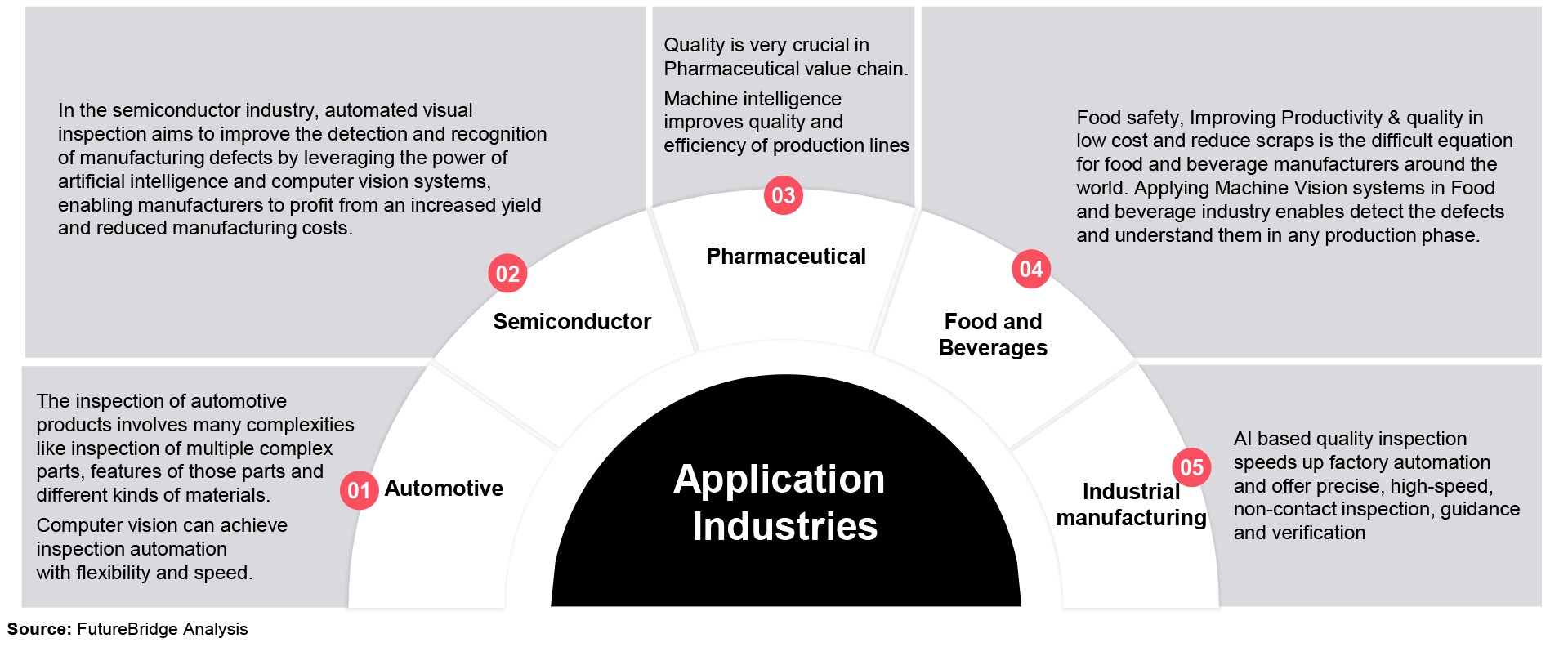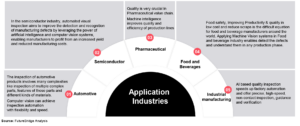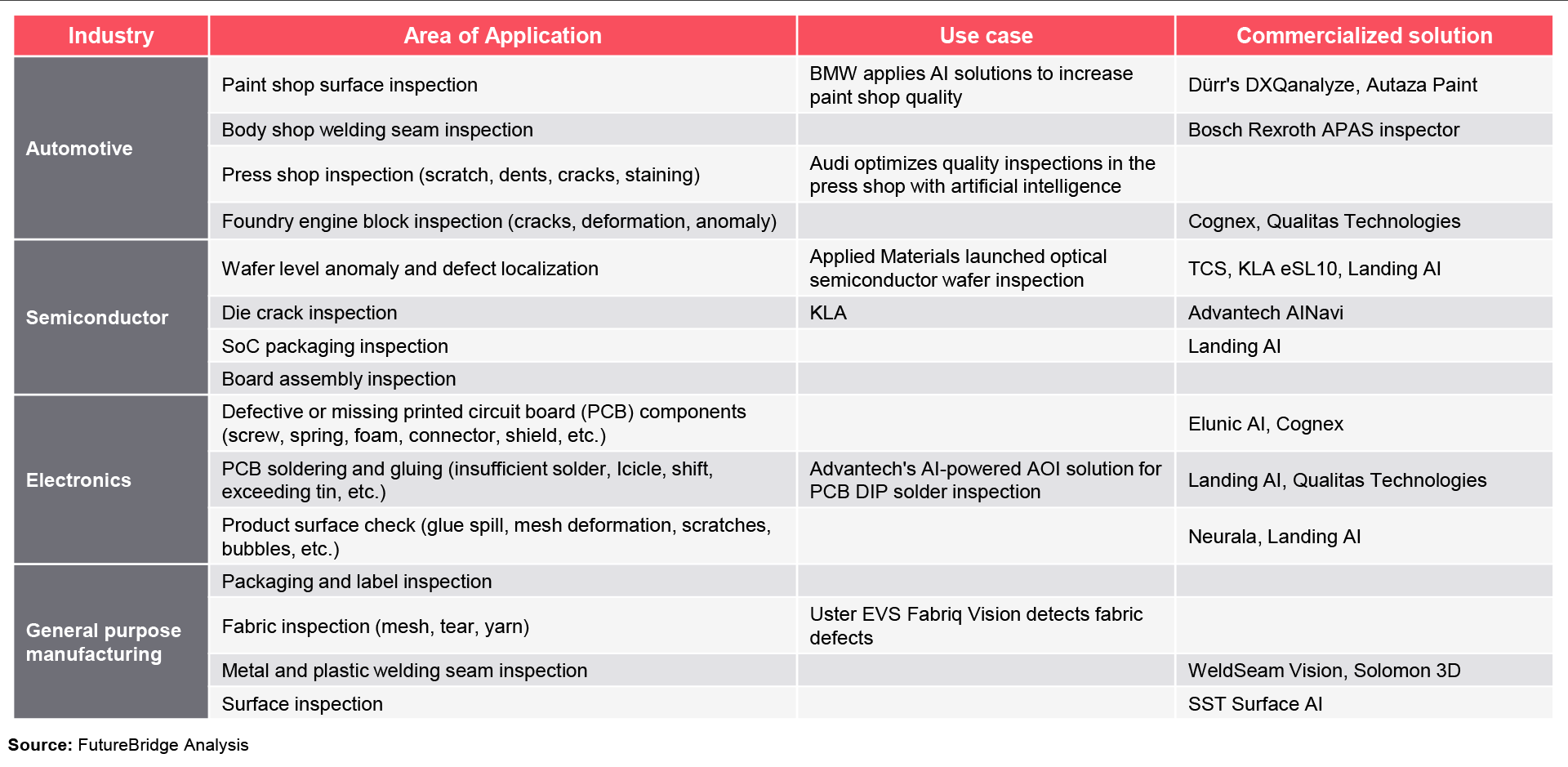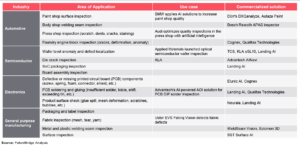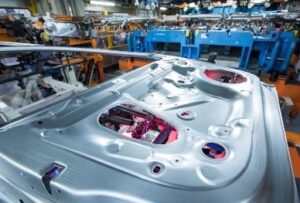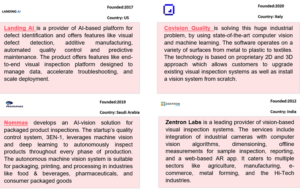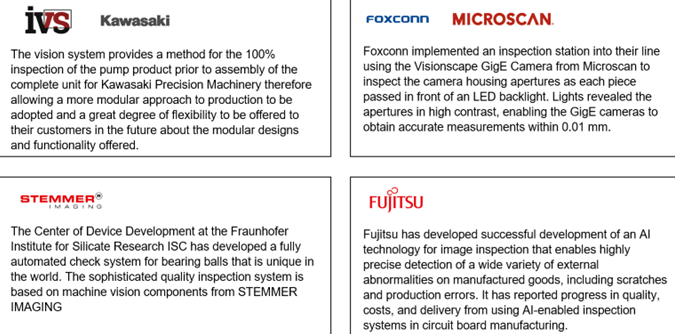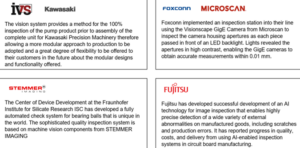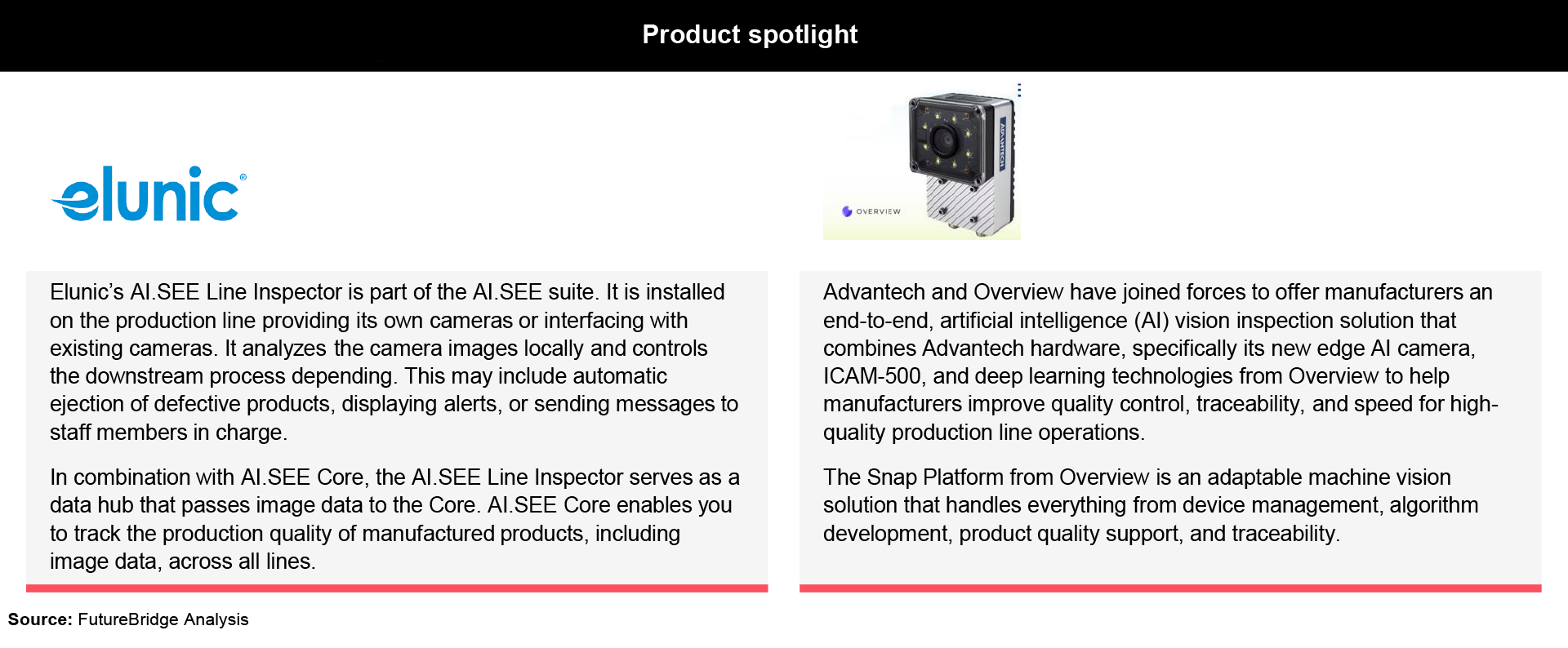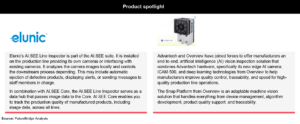Executive Summary
Machine vision’s potential to revolutionize quality control in manufacturing lies in its ability to provide non-invasive, real-time inspection with exceptional precision. By leveraging high resolution cameras, laser scanners, 3D imaging, X-ray, EM scanners, thermal scanners, and with the help of machine learning the quality control systems would be able to detect tiniest defects or inconsistencies in products. The integration of AI and machine learning would enable data accumulation and processing to generate high accuracy products over the time.
Additionally, emerging technologies like hyperspectral imaging could play a crucial role. The hyperspectral cameras capture information beyond what human eye can perceive, enabling enhanced material analysis and defect detection.
The timelines for these changes would vary from industry to industry. Large scale manufacturers in automotive and electronics are already embracing machine vision, significantly reducing defects, and ensuring compliance with stringent standards. Smaller companies might adopt the practices in a slower pace due the high initial costs and the need of skilled persons to manage these sophisticated systems.
Overall, as the technology becomes more accessible and affordable, machine vision’s impact would grow exponentially, transforming the quality control processes. Geographically, regions with strong focus on manufacturing are more likely to see research and inclusion of machine vision in quality control. United States of America, followed by European countries such as Germany, Switzerland, Sweden, etc., have a reputation for precision engineering. While the Asian countries like China, Japan, South Korea, and Taiwan have robust manufacturing industries. These countries are expected to see investments in research enabling machine vision for QC. Also, we can expect an adoption of the technology in the coming decade, and it would set new benchmarks on the quality standards.






